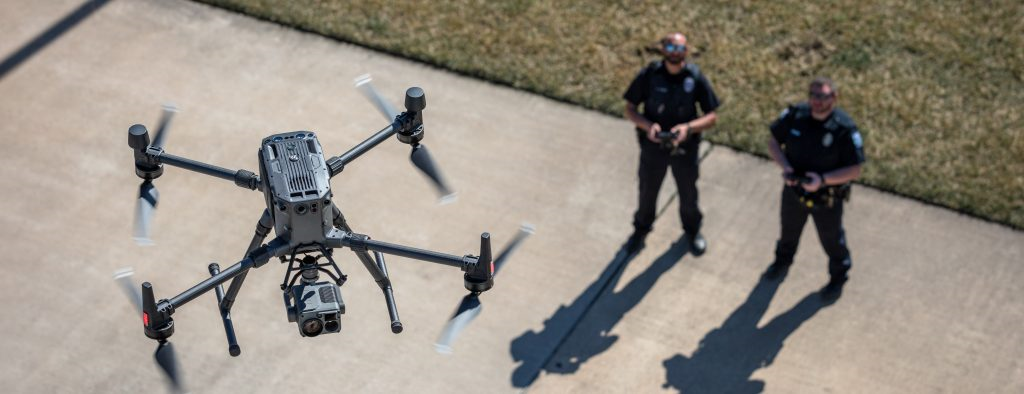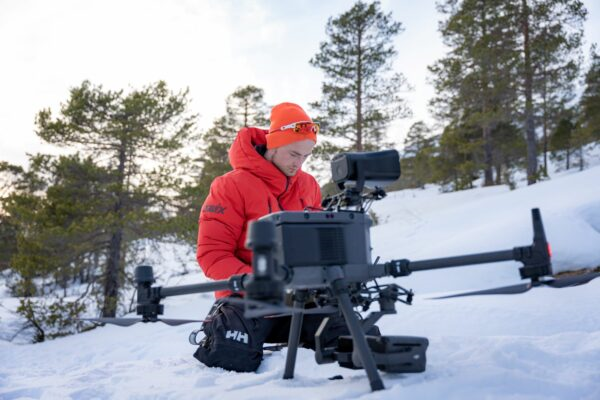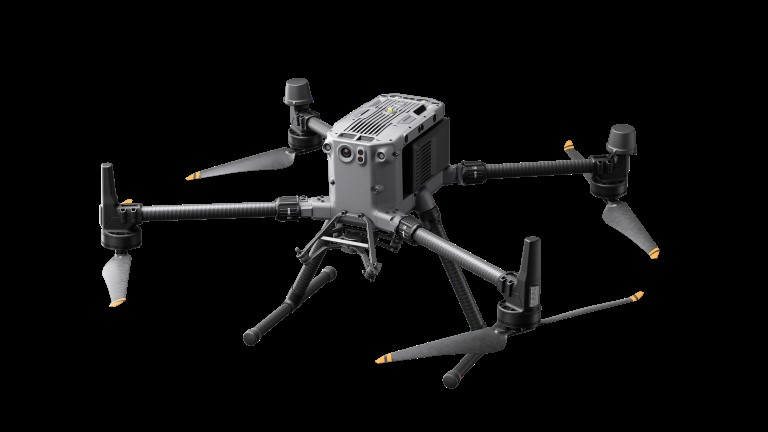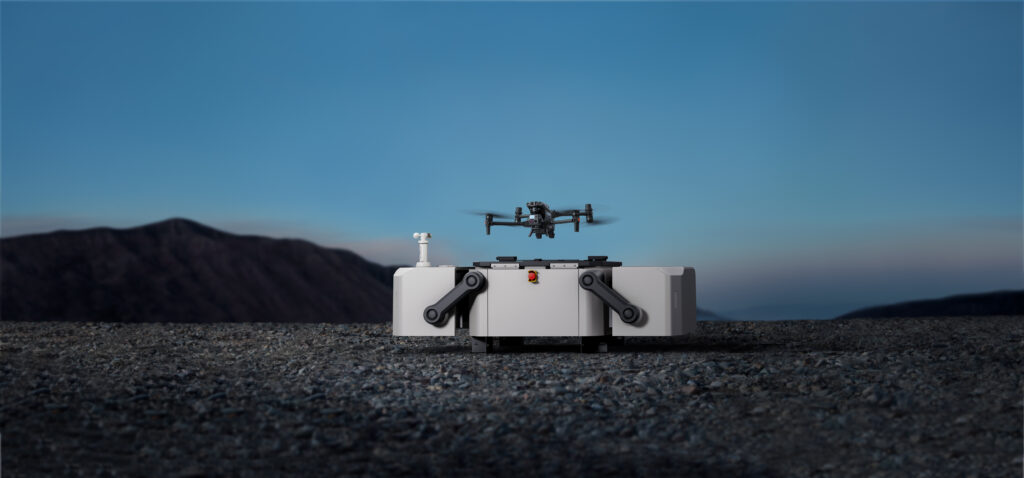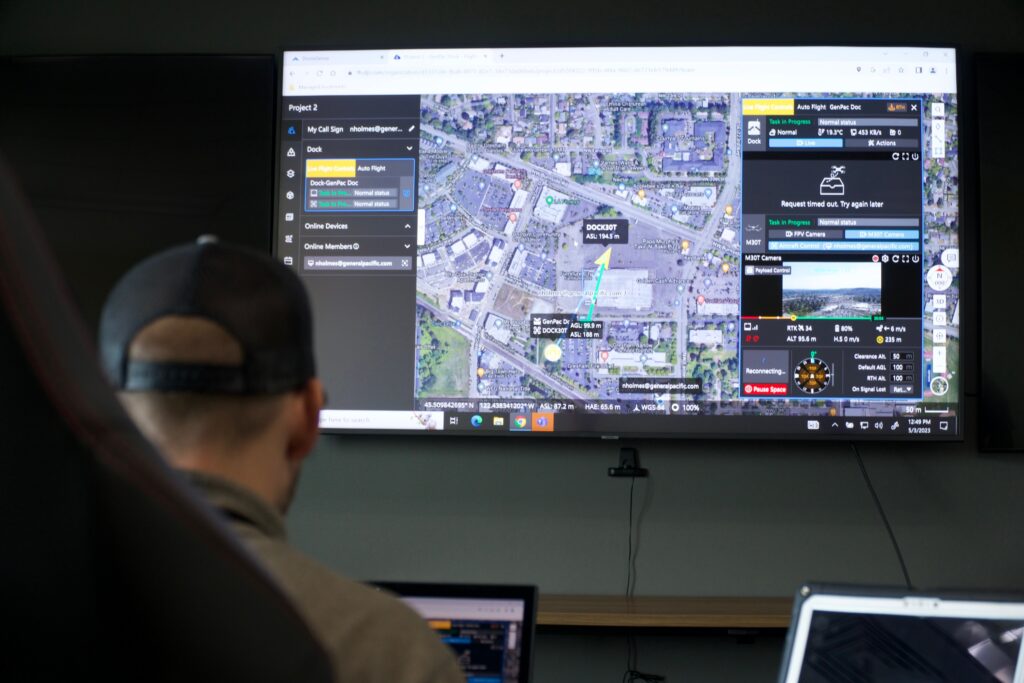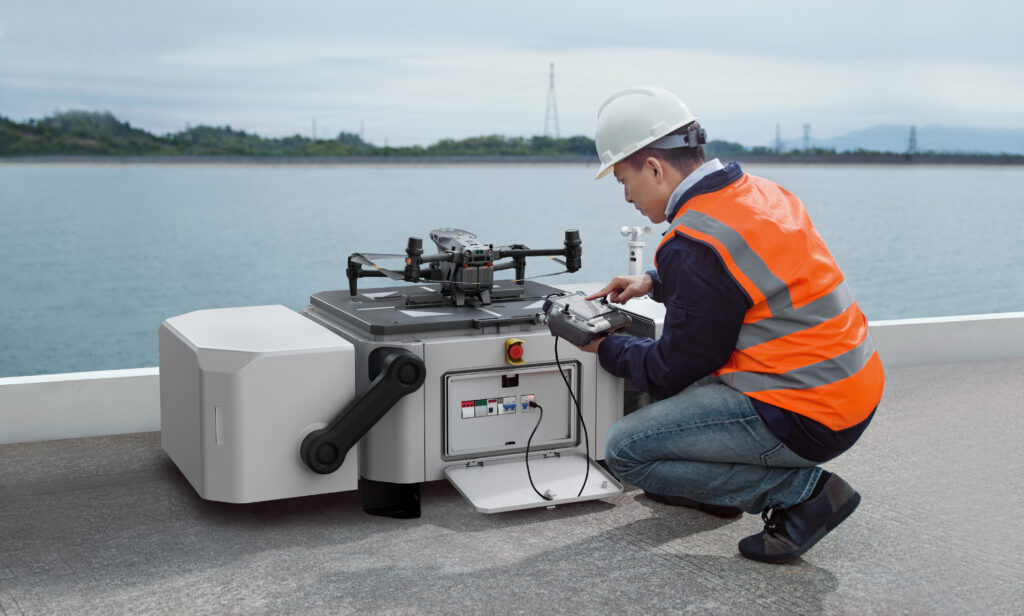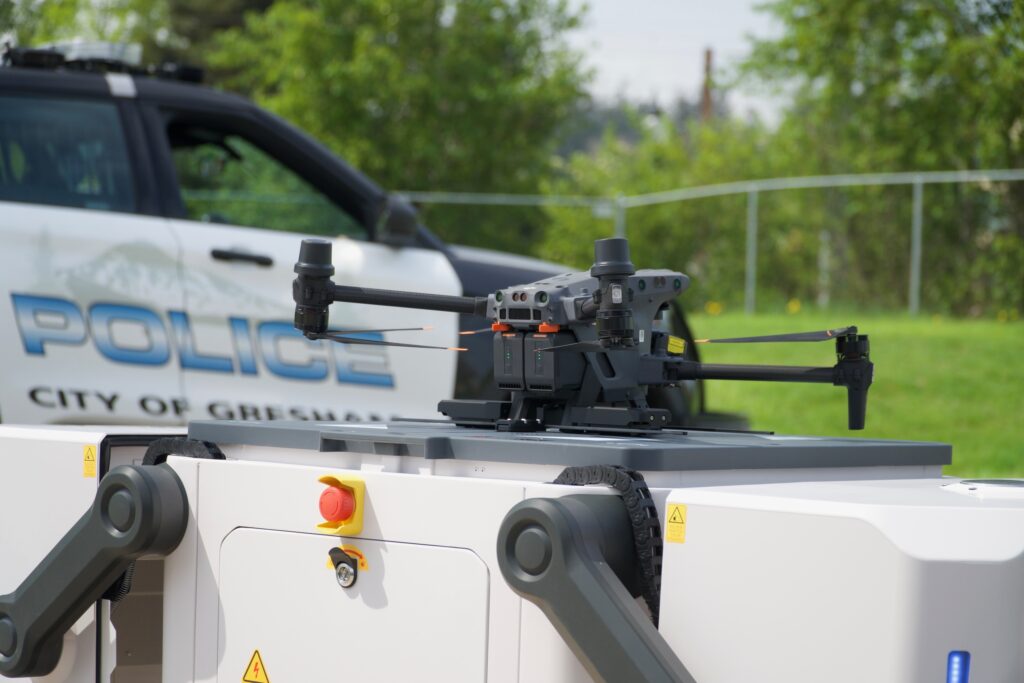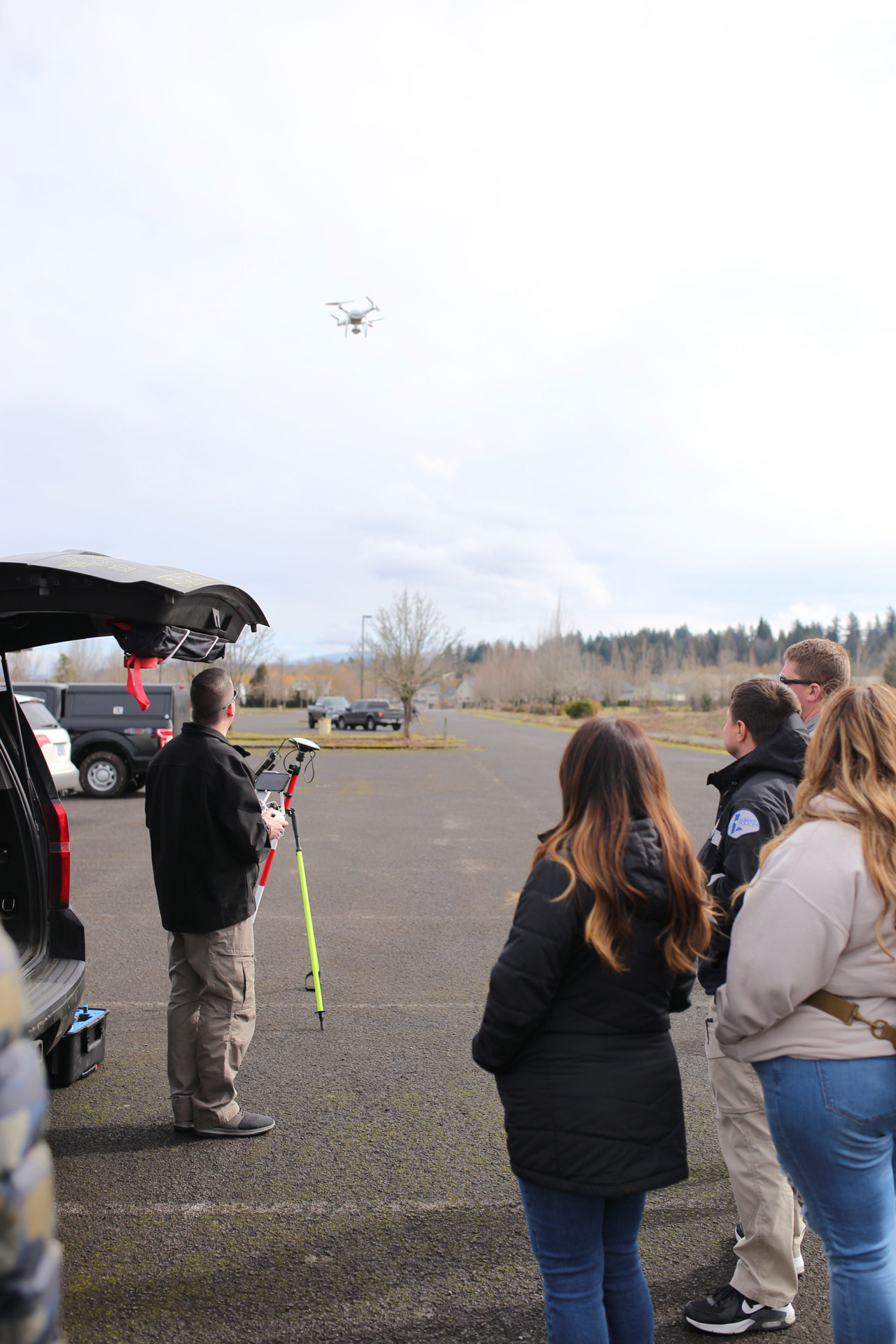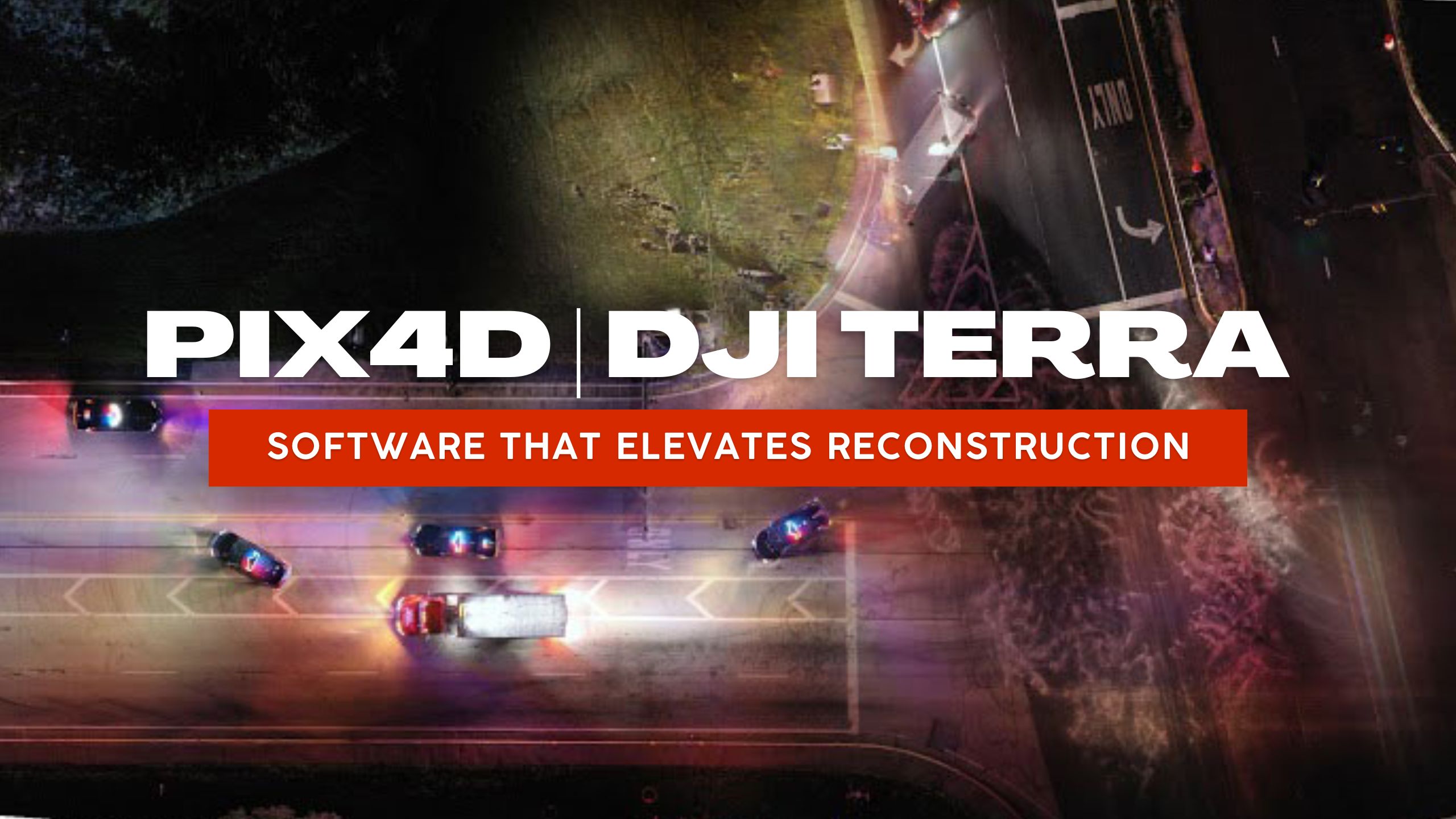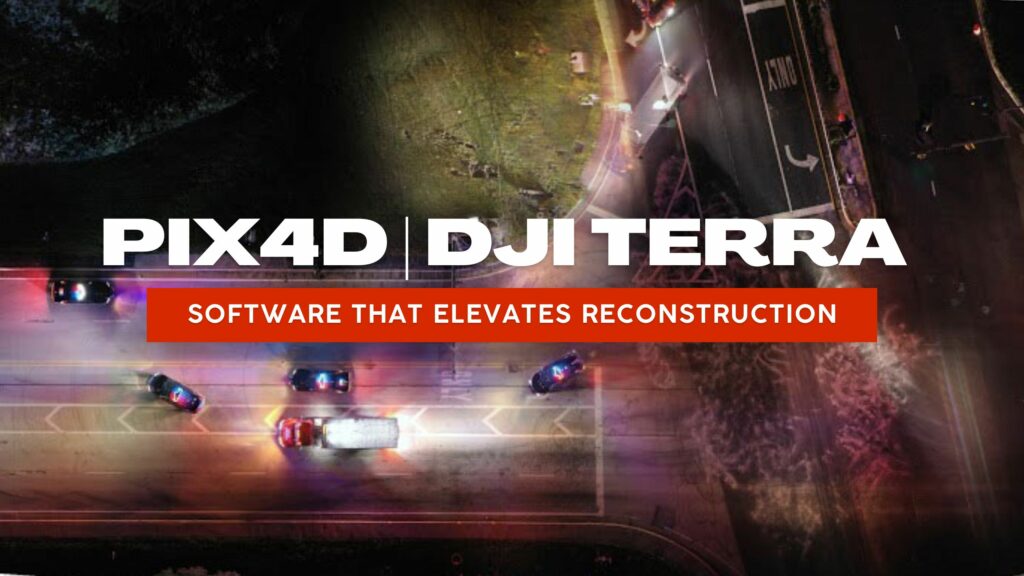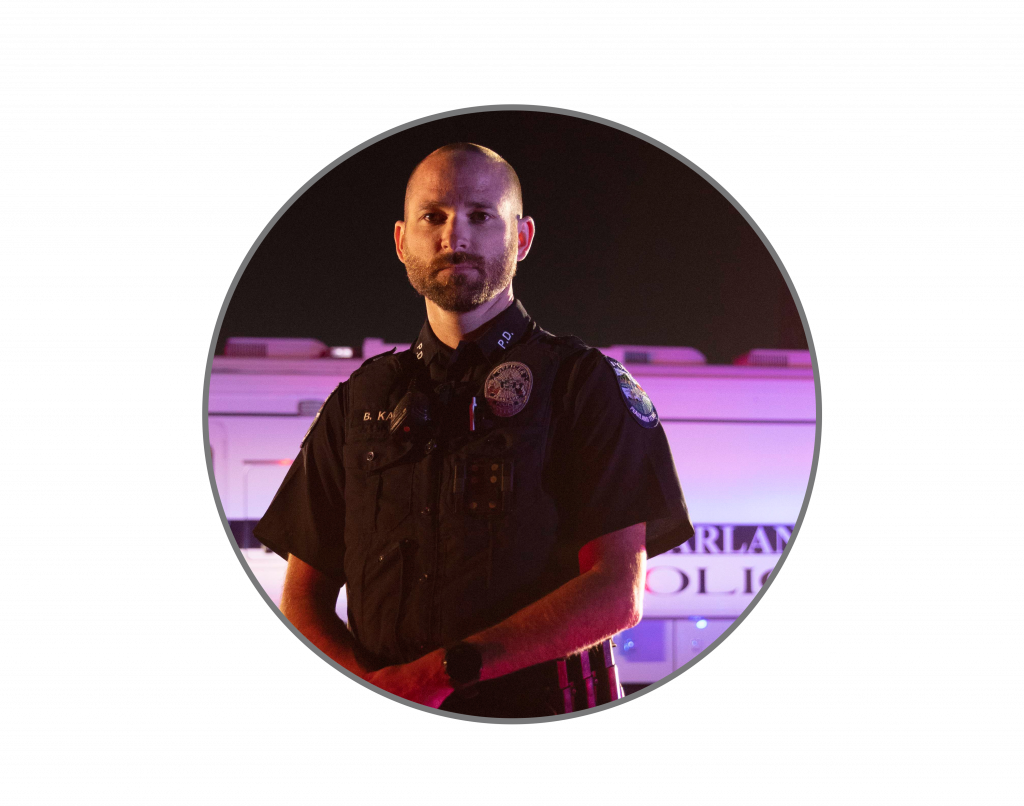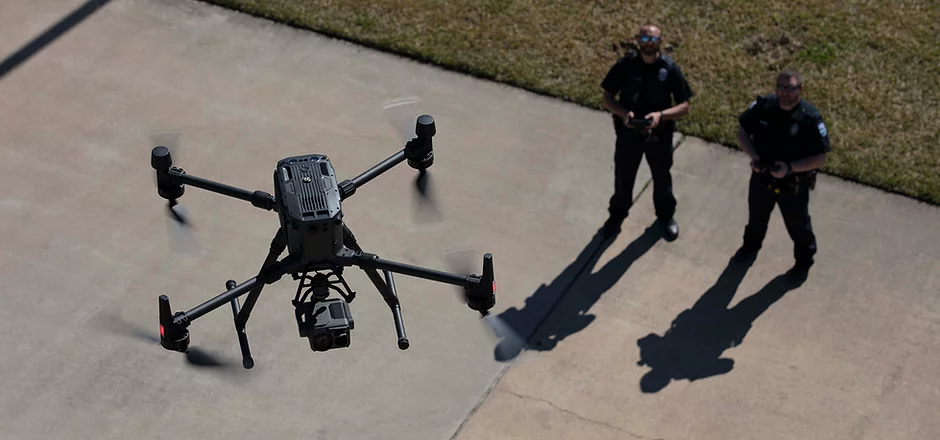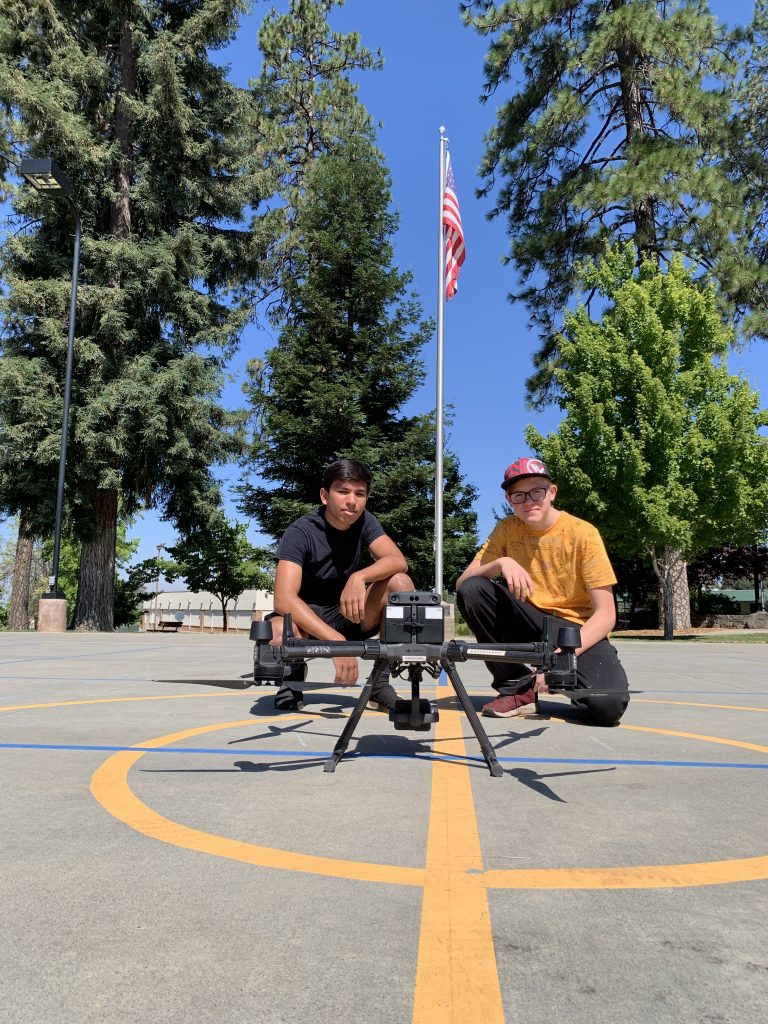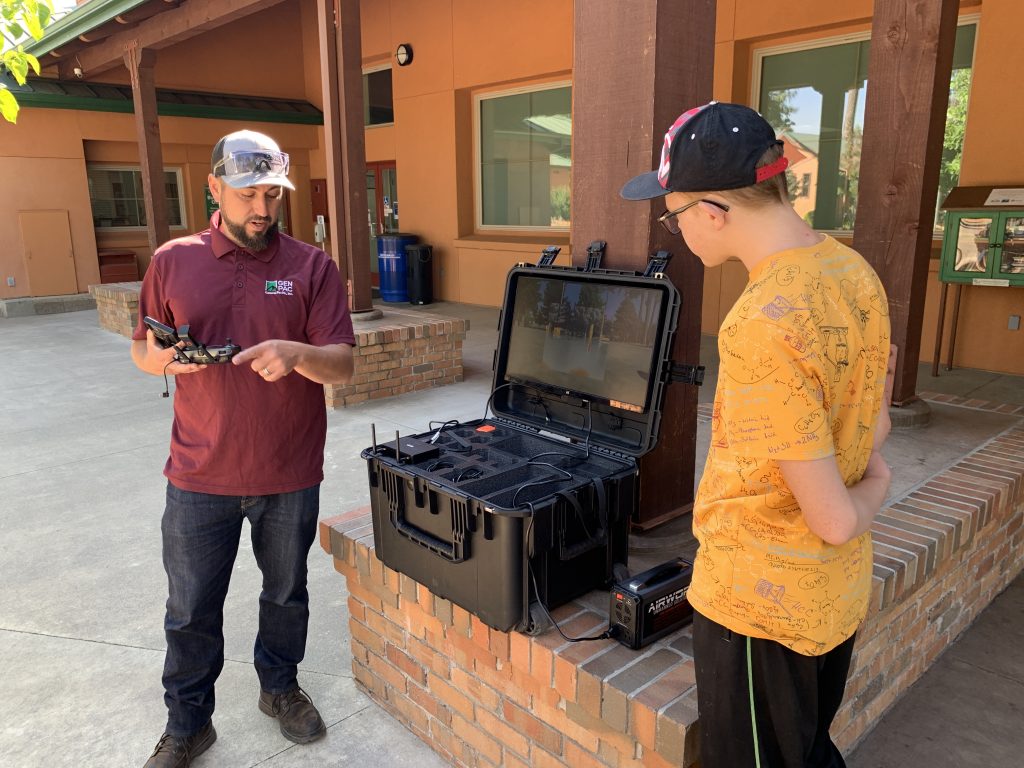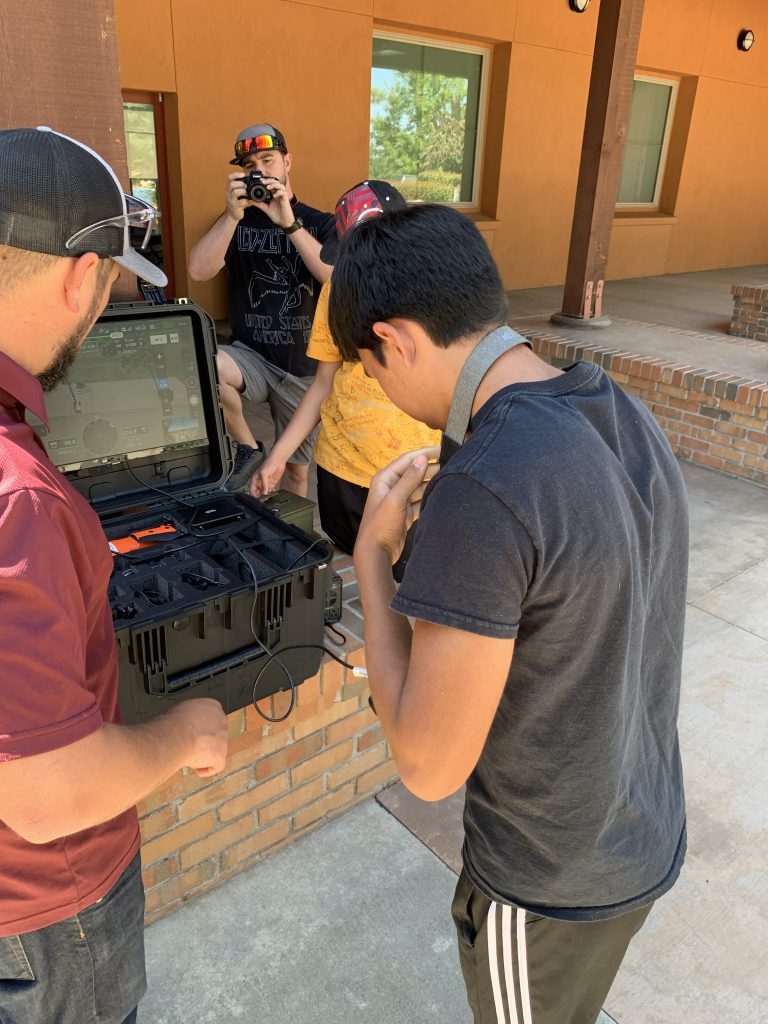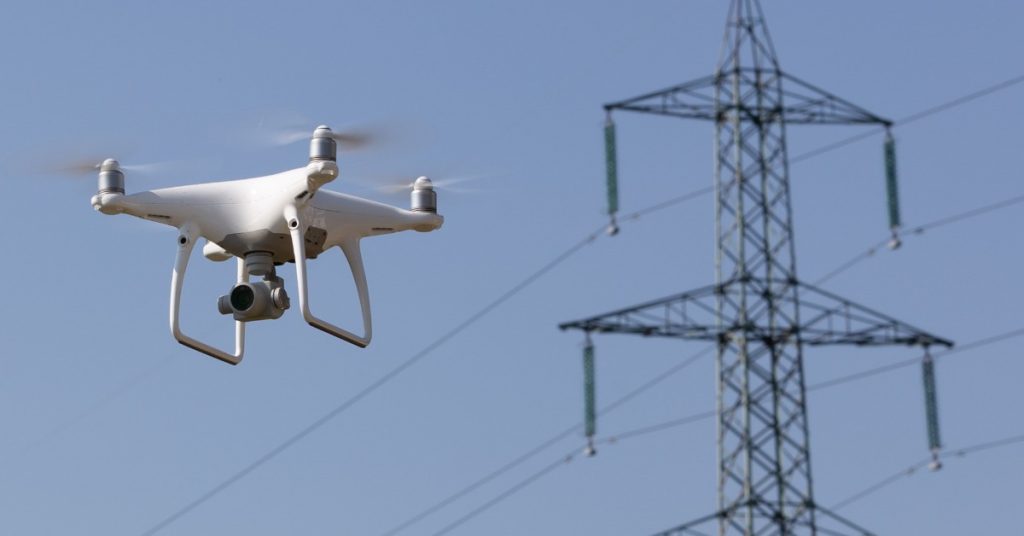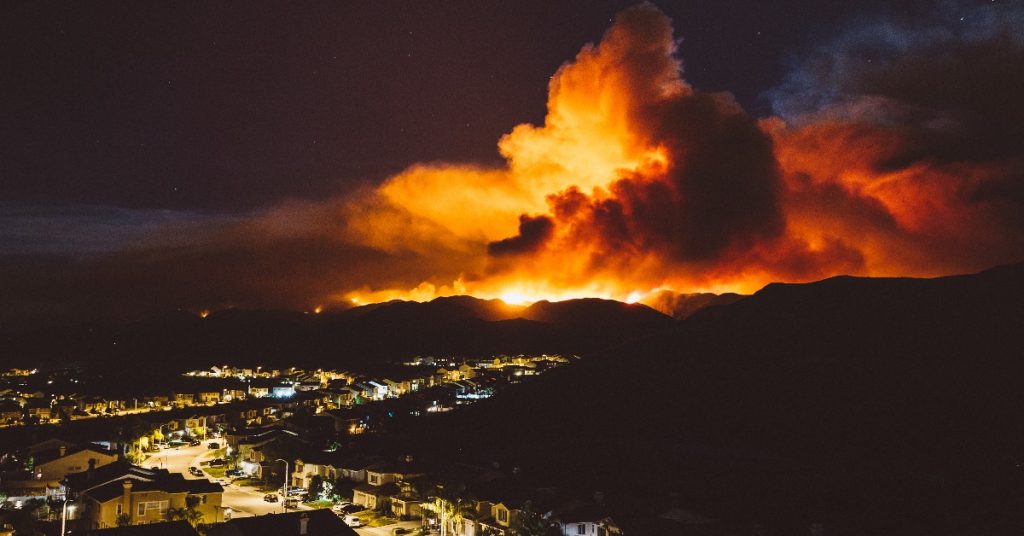In the modern era, there has been a steep rise in the use of unmanned aerial vehicles (UAVs), also known as drones. The use of drones as first responders is one such area that is quickly transforming emergency response operations in 2023. DJI first responder drones can help improve response times and safety outcomes. This innovative drone technology can provide support during emergency situations. These responder drones provide security teams with real-time visuals that help in disaster response.
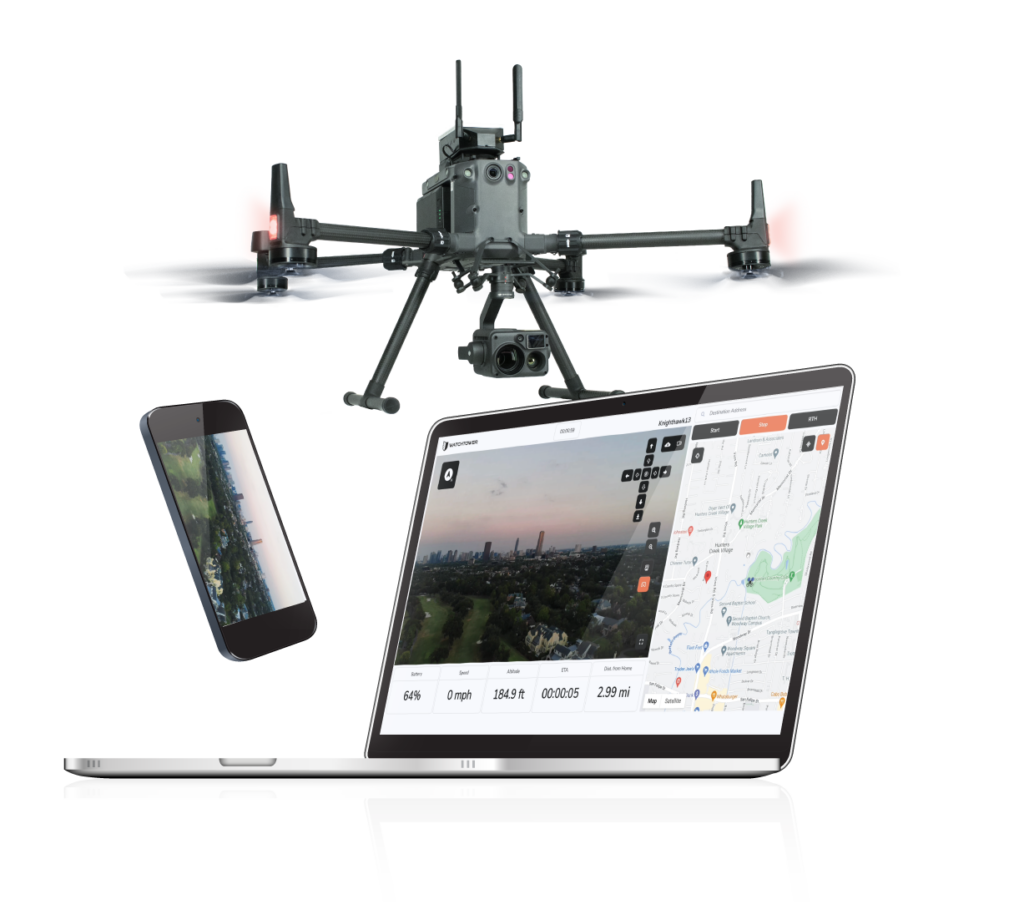
DJI First Responder Drones:
DJI, a renowned manufacturer of advanced UAS technology, offers a wide range of drones specifically for public safety firms. Drone response teams can use the DJI first responder drones in an emergency after the incident takes place. These DJI latest drones come with high-definition cameras and other sensors to provide real-time awareness of emergencies. DJI first responder drones can evaluate the extent of damage when natural disasters occur and conduct rescue missions to evacuate individuals in the area.
Benefits of DJI first responder drones:
• Faster Response Times
DJI first responder drones can travel to an emergency location faster than conventional emergency services. These drones can quickly overcome obstacles and reach remote areas.
• Better Safety
These drones reduce the risks to human first responders by allowing them to spot dangerous situations.
• Effective Decision- Making
DJI first responder drones provide real-time visuals to the emergency control team to help in effective decision-making, optimum utilization of resources, and creating strategies for managing situations.
• Cost-Effective
These drones are cost-effective as compared to helicopters, and you need to incur a very low maintenance cost to use them.

The Role of First Responder Drones in Emergency Response Operations in 2023
• Search and Rescue (SAR) Operations
Search and rescue operations are one of the key applications of DJI first responder drones. These drones play a crucial role in search and rescue operations as they can reach difficult-to-access areas. The security teams can operate the best-unmanned aircraft drones in dangerous places to view the real-time video of the incident.
This is how first responder drones can help in emergency response operations in 2023:
Finding Missing Individuals
These drones have high-resolution cameras that can search for missing people a lot faster than the search teams. First Responder Drones can be useful for finding people lost in a forest or areas drown by a flood. As these drones provide real-time videos to the security team, it helps to know the exact place where the individual is.
Providing Essential Supplies
In situations where individuals find it difficult to make their way out of the location, DJI’s latest drones can help provide essential supplies to the affected areas, like food, water, and first aid kits.
Identifying the Danger
Drones can help to identify and examine dangerous situations before sending the emergency team to the area. First responder drones can help to check whether the buildings are stable after an earthquake and determine how much forest fire has spread into the area.
Communication
DJI first responder drones come with speakers that help in effective communication with lost individuals. Thus, first responder drones can provide vital information and instructions during emergency situations.
Implementation of the DJI First Responder Drone Program:
Putting the first responder drone program into action requires careful planning and regulation. Some key steps in the implementation of the first responder drone program are as follows:
1. Regulatory Compliance
While implementing the first responder drone program, it’s crucial to comply with local and federal aviation regulations.
2. Drone certification Classes
The staff should attend drone certification classes to get the proper training and certification to operate drones. The training should also include areas such as safety, maintenance, and legal aspects.
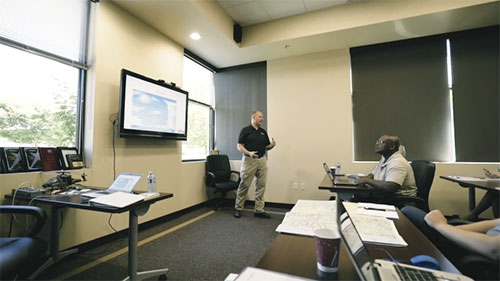
3. Public Engagement
Public awareness of drones is crucial for successful implementation. Thus, it’s vital to perform activities, such as telling about the benefits of drones to the public.
4. Infrastructure
The infrastructure necessary for the DJI first responder drone program includes the following:
• Physical infrastructure refers to the place of drone launching and landing
• Digital infrastructure means reliable communication for drone control and data.
• Analytical abilities for utilizing the drone data effectively.
Wrap Up-
If you are looking for a safer and more effective solution for emergency response, DJI first responder drones can work for you! As drone regulations are ever-changing, drones are playing a crucial role in emergency services.
At General Pacific Inc., DJI aerospace drone detection solutions and drone detection mobile kit can identify popular drones on the market by monitoring and analyzing their electronic signals. So, get our unique answers now!


